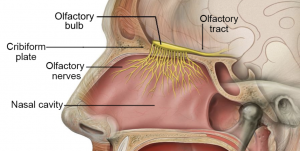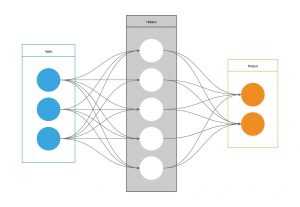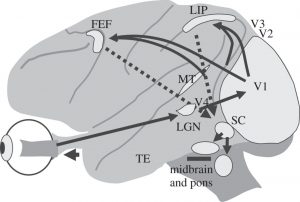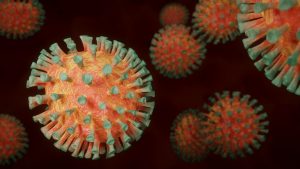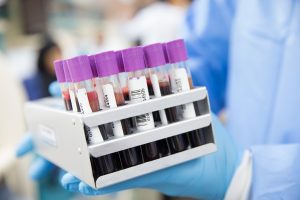
A person playing on a Nintendo Switch. Image: Mister Mister / Pexels
With people staying indoors due to the COVID-19 pandemic, many will socially connect through video games. A new timely study by Oxford University, using actual gameplay data for the first time, suggests playing video games can be beneficial for your mental health.
The study, which focused on popular games such as Nintendo’s Animal Crossing: New Horizons, as well as Electronic Art’s Plants vs Zombies: Battle for Neighborville, found that experiences of social connection with others through play may contribute to people’s wellbeing. In other words, those who enjoyed playing were more likely to report positive wellbeing.
Crucially, the study is the first of its kind. Rather than asking players how much they play, it uses industry data on actual playtime. This let the Oxford University study team link psychological questionnaires along with true records of time spent playing games. This is important since in the past, studies tended to focus on self-reported time playing, which has been found by the study to be weakly correlated with reality.
“Without objective data from games companies, those proposing advice to parents or policymakers have done so without the benefit of a robust evidence base,” said Professor Andrew Przybylski, Director of Research at the Oxford Internet Institute, University of Oxford, and lead-author of the study.
Przybylski said, “this is about bringing games into the fold of psychology research that’s not a dumpster fire,” allowing us to explain and understand video games a leisure activity.

People smiling while playing video games. Image: cotton bro / Pexels
The researchers were surprised by how little data gaming companies actually had about their players — but also how little hard data had been used by previous studies for the potential harms and benefits of gaming.
The study explored the link between objective game time and well-being, examining the association between directly measured behaviour and subjective mental health. It also explored the roles of player experiences, specifically how feelings of autonomy, relatedness, competence, enjoyment and feeling pressured to play related to well-being.
In the study, 3,274 players were asked to complete a survey designed by the researchers to measure well-being, self-reported play, and motivational experiences during play. The survey findings were combined with objective behavioural data for the survey participants, collected by the video game companies.
Looking Ahead
The researchers hope the study will introduce a higher standard of evidence to discussions about the concept of video game addiction, or digital harms in general.
“You have really respected, important bodies, like the World Health Organization and the NHS, allocating attention and resources to something that there’s literally no good data on. And it’s shocking to me, the reputational risk that everyone’s taking, given the stakes. For them to turn around and be like, ‘hey, this thing that 95% of teenagers do? Yeah, that’s addictive, no, we don’t have any data,’ that makes no sense,” Przybylski said.
While the findings indicate an increase in wellbeing through playing video games, this may not be the case if research continues for more games where behavior deemed as toxic may be found.
– Amrit Jagpal



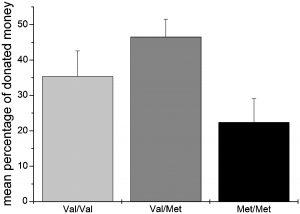

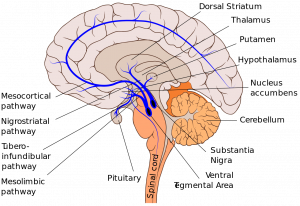
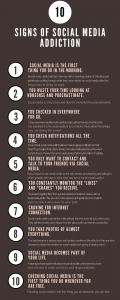 Curing social media addiction is hard. As previously mentioned, companies that make the apps we use purposely design their apps to maximize the use of our dopamine-driven reward circuitry to keep us continually using their apps. Seemingly, the only way to cure the addiction is to simply stop using the apps, and remove them from our phones.
Curing social media addiction is hard. As previously mentioned, companies that make the apps we use purposely design their apps to maximize the use of our dopamine-driven reward circuitry to keep us continually using their apps. Seemingly, the only way to cure the addiction is to simply stop using the apps, and remove them from our phones.





